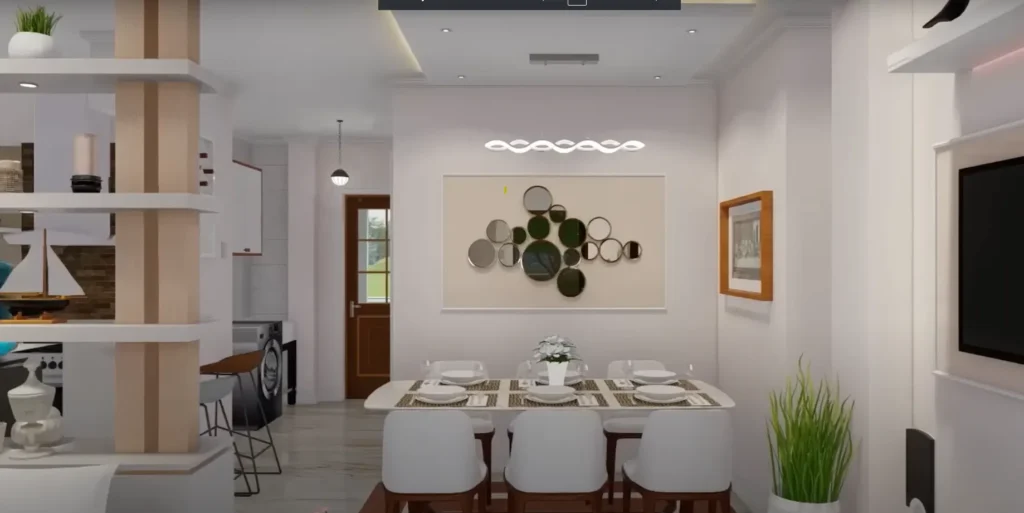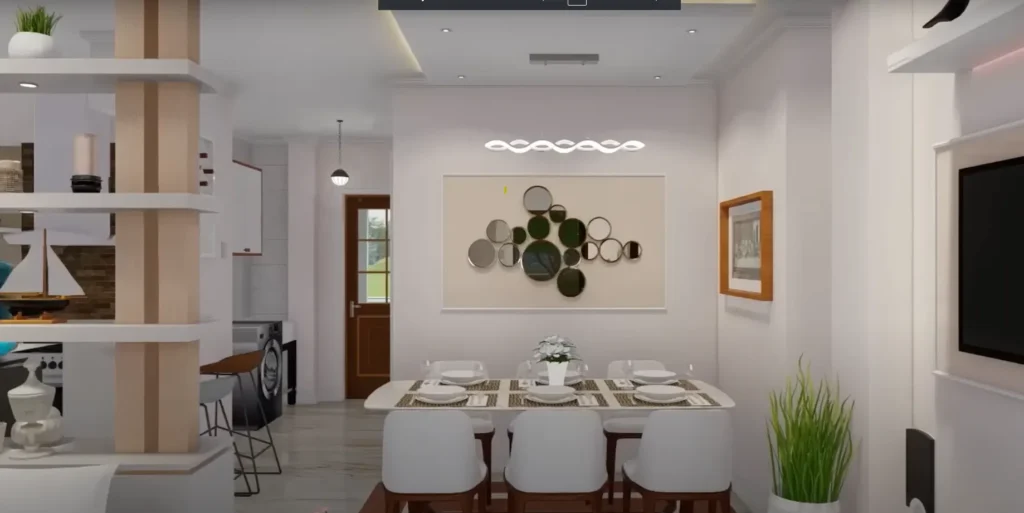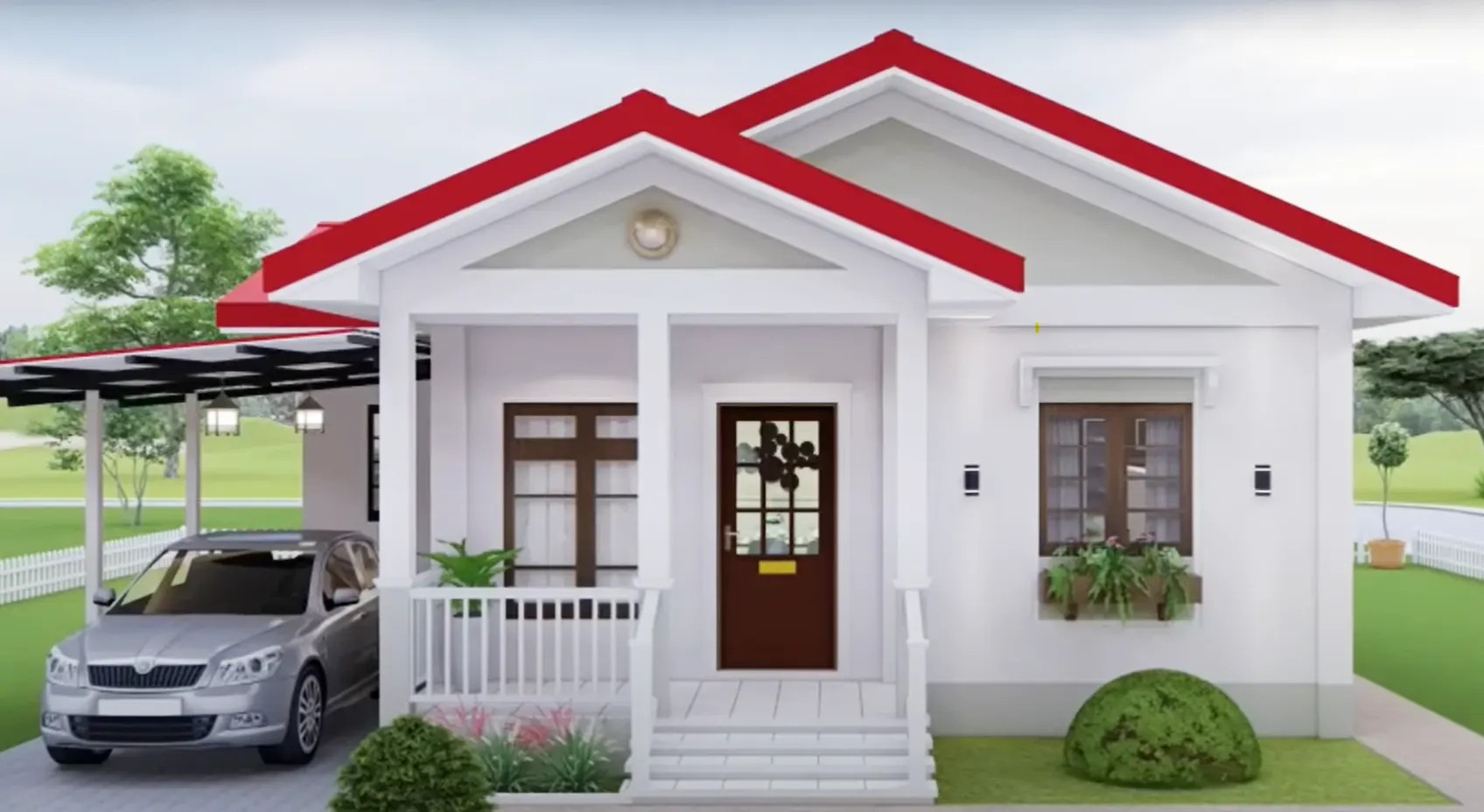Table of Contents
The creative idea of the tiny house bungalow combines the everlasting charm of bungalows with the growing infatuation with tiny residences. This housing option combines the comfortable, unique qualities of classic bungalows with the current trend of compact living that emphasizes sustainability and efficiency.
Ancient Origins and Contemporary Development
Originating in South Asia, the bungalow has long been admired for its open-air living spaces, spacious verandas, and natural aesthetic. These homes maintained their appeal as they changed across continents to fit the tiny house movement’s encouraged minimalist lifestyle.
“In every tiny bungalow, there’s a hint of a centuries-old design philosophy that champions simplicity, functionality, and a deep connection with the natural world.”
Creating Bungalows with Tiny Homes
Tiny home bungalows are distinguished by:
- Architectural Harmony: A mix of form and function is emphasized in compact designs by using wide eaves and low-pitched roofs.
- Natural Interplay: The bungalow spirit is embodied in a tiny format by the thoughtful use of natural materials and the utilization of natural light.
These residences are designed with both aesthetic appeal and a simple, sustainable living in mind.

The Charm of Tiny Living
There are several advantages to living in a little house bungalow, including:
- Sustainable Footprint: Less room means less energy use, encouraging a more environmentally friendly way of living.
- Freedom of the Economy: Because of its affordability, residents can live a lifestyle that prioritizes experiences above material belongings and are freed from the stress of large mortgages.
- Community Connection: These residences are frequently a part of neighborhoods that prioritize intimate bonds and common areas, which improves the standard of living.
However, there are challenges along the way to living in a modest cottage. Space limitations and zoning regulations present problems that call for inventive solutions, such as figuring out the legal ramifications of owning a tiny house or coming up with imaginative storage solutions.

Vision to Actuality: Illustrated Case Studies
Examining actual cases provides concrete understanding of tiny home bungalow potential:
- Project One: Tells the story of how a family turned a tiny plot into a sustainable refuge with a vegetable garden and a rainwater collection system.
- Project Two: Highlights a little house with a bungalow-style design that cleverly makes the most of its 400 square feet by utilizing convertible furnishings.
Going Forward
Tiny home bungalows are more than just a fad; they portend a move toward conscious, ecological living as we look to the future. This trend not only reexamines the fundamental ideas that characterized bungalows in the early 20th century, but also modifies them to meet contemporary environmental and financial issues.
“Tiny house bungalows remind us that in the quest for a sustainable future, looking back to traditional designs can offer forward-thinking solutions.”
We discover a route that returns to the core of home: a place of coziness, sustainability, and community—when we embrace the tiny house bungalow. If you’re feeling motivated to investigate this way of life, Tiny House Homeland provides tools, tales, and direction to help you get from small to meaningful living.
Visit Sustainable Living to learn more about tiny homes and its advantages for the environment, and visit Minimalism to learn how to adopt minimalist principles in your daily life. Accept the revolution of tiny living and rethink what it means to be at home.

